Many scholars have researched fetal positioning. Childbirth educator Pauline Scott and Midwife Jean Sutton published Optimal Fetal Positioning in 1996. Their research suggested that mother’s movements have an impact on the position baby assumes later in pregnancy. Carol Phillips, founder of Dynamic Body Balancing, determined that symmetry in the tension and looseness of pelvic and uterine muscles, ligaments, and joints can help baby navigate their way down and out of the birth canal more easily.
Gail Tully combined this research with her own clinical experience and application to create Spinning Babies. The premise of Spinning Babies is to begin with the baby; to open possibilities to support physiological birth and improve parent attachment and baby bonding. As Spinning Babies Parent Educators and doulas one of the most important questions we can ask is “Where is Baby?” By asking “Where’s baby” we gain insight into fetal positioning, location of the baby in the womb, location of the womb in relation to the pelvis, and the station of the baby.
Most babies pick their position around 34 weeks and most will stay in that position until labor begins. As an expecting person enters 36-38 weeks gestation, the lower uterine segments soften and baby drops or lowers. Babies heads are heavier than their bottoms which allow them to settle into a head down position. Most babies start out facing the mother’s right or left side.
Midwife Jean Sutton notes that birth seems to go easier when baby enters the pelvis from the left side. This is due to the natural shape of the uterus, being rounder on the left and steeper on the right. A baby coming down on mothers left side curls into the left side like a hammock. Flexion, which means curling up, is preferable. Flexion allows the crown of the babies head to enter the pelvis first and gives baby more freedom to wiggle and help with the birth. When a baby is in flexion, a smaller diameter of the head enters the pelvic brim which eases engagement. When baby enters the pelvis from the right side he/she fits and matches the steepness of the right side of the uterus with a straighter back (extension). This lifts the baby’s head and creates more potential for the baby to turn into the posterior position (when the back of baby’s head and spine is lined up with the mothers back). The baby aims a bigger diameter of their head into the pelvis in extension. The top of the baby’s head does not mold as well as the crown and results in the mother needing to do more work for her and baby. Sometimes additional intervention is needed. About 50% of posterior babies will require delivery via cesarean.
By bringing balance to the uterus, broad ligament, round ligaments and pelvic floor, we can help baby get into a more optimal or ideal position for labor and birth. More important than pelvic shape is the tone and relative symmetry of a woman’s uterine ligaments and muscles. When there is more room in the womb, baby moves more freely. You will learn all about balancing the soft tissues of the uterus and daily activities to encourage dynamic movement in your body by attending the next Spinning Babies Parent class at Blooma. The Spinning Babies Parent class at Blooma explores techniques to optimize birth anatomy for easing the birth process and empowering parents to fulfill their birth desires with less intervention.
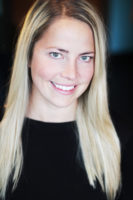
Written by Amy Kelley, Doula, Childbirth Educator, Prenatal Yoga & Kids Yoga Instructor and mama-to-be. You can find me on Instagram as @amykelleydoula.
Upcoming Spinning Babies Parent Class Options

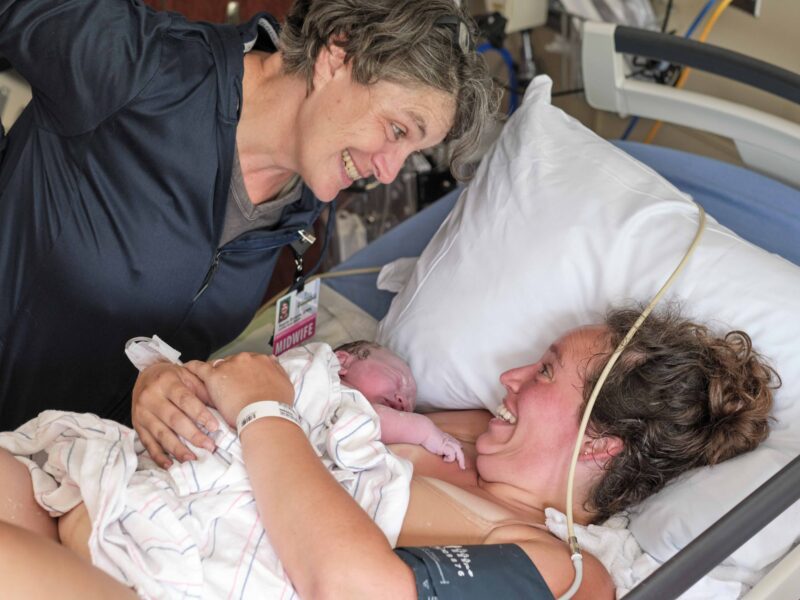
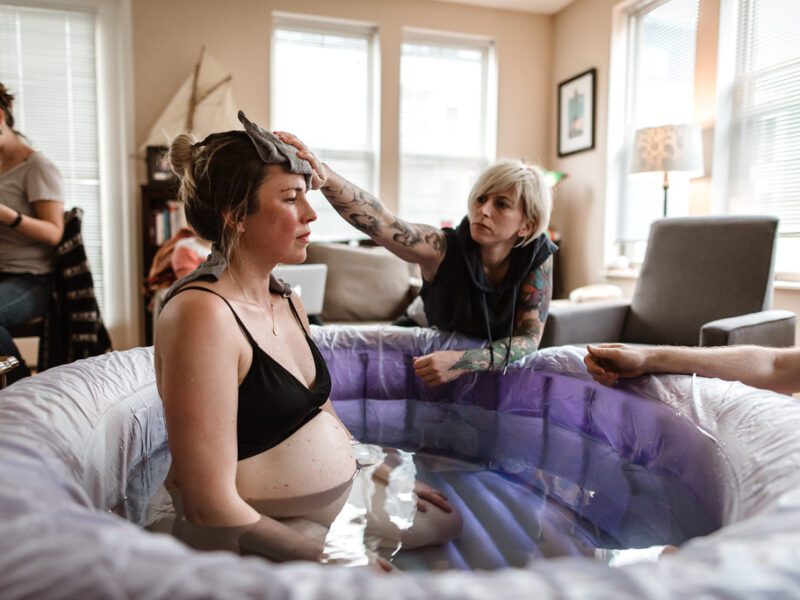
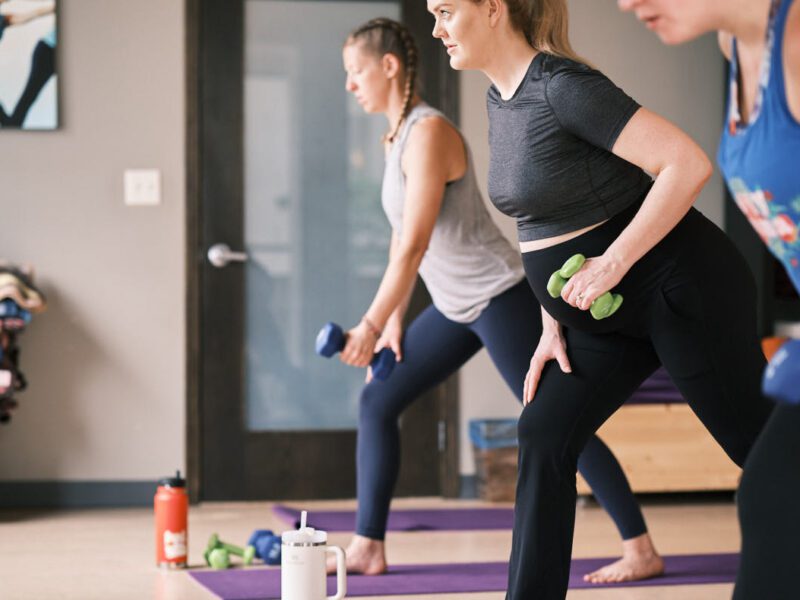
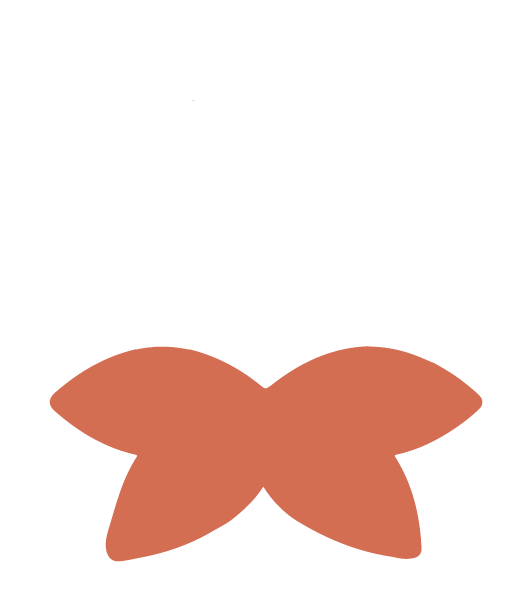
No Comments
Sorry, the comment form is closed at this time.